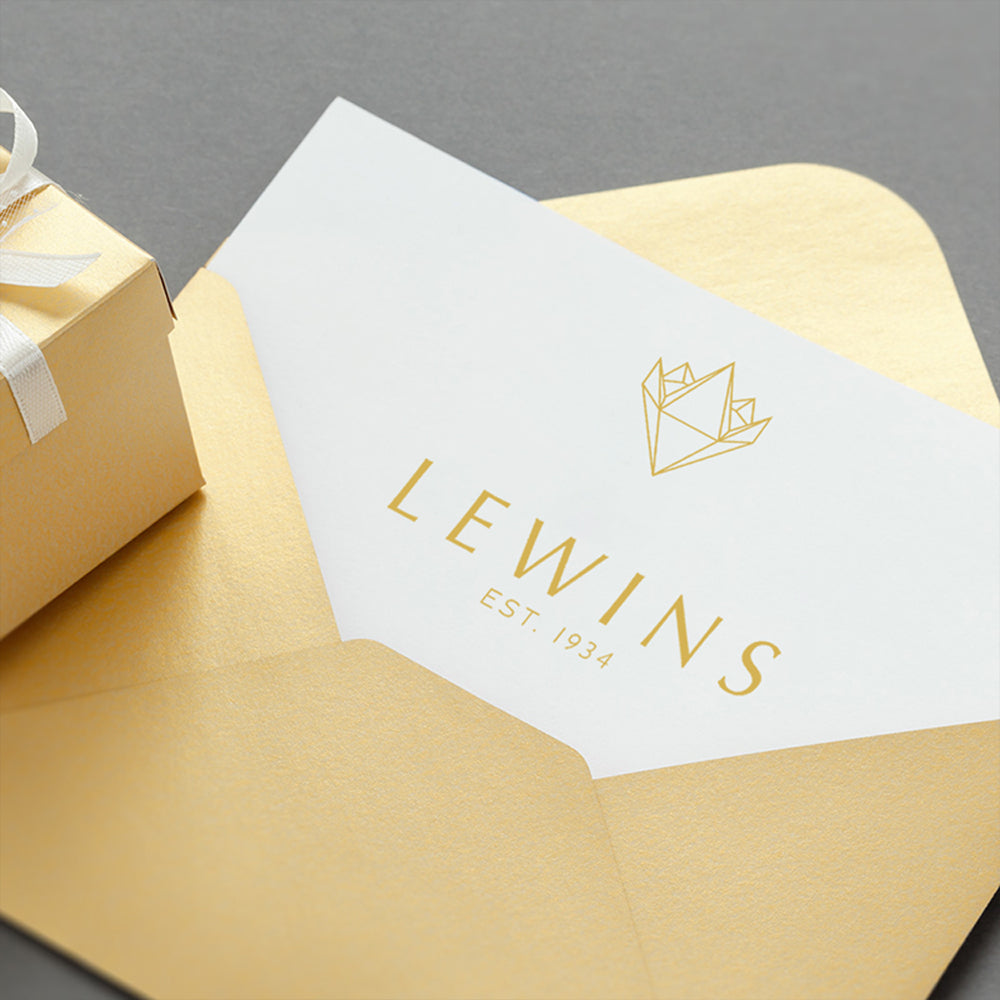This charm is crafted in 9ct yellow gold, featuring a single bezel set round mixed cut tanzanite. The charm comes with an open jump ring, which can versatilely be worn on an existing bracelet or necklace.
The charm is also available in; 9ct yellow, white or rose gold. This design can be; made-to-order, in the preferred metal of your choice. For prices and lead times, you can either fill out the enquiry form below, or contact us directly.
Material: 9ct Yellow Gold
Brand: Lewins
Style: Three Dimensional
Primary Stones: Tanzanite, 1 Round Mixed Cut, apx total weight 0.22cts
Birthstone: Tanzanite - December
Anniversary: Tanzanite - 24th
Dimensions: 3.5mm Gemstone with 4.8mm Loop
Weight: 0.47 grams
Jewellery Odyssey:
Charms have been around since pre-historic civilisations, as far back as the Neolithic Era. Crafted from bone, shell, wood and stone they were strung and worn as bracelets and necklaces. Ancient Egyptians used charms as talismans or amulets, and were embellished by the wealthy with gemstones. They believed that if buried with them, these precious charms would guide and transport them to a prosperous afterlife.
During the Roman Empire, charms became a religious symbol. A fish symbol (Ichthys) was a way for Christians to secretly identify themselves within strict Jewish societies. In the Middle Ages, whereby medieval superstitions and magic witchcraft and wizardry thrived. Charms were worn to ward off negative/evil spirits and to bring good luck.
Queen Victoria popularised the concept of a charm bracelet, by changing the meaning and symbolisation of charms to being sentimental and loving. The growing trend of charm bracelets saw a fresh revival, during the retro period, adorning the wrists of women, from all social backgrounds. The theme was unlimited and often illustrated the wearers identity such as: everyday items, animals, travel, novelties, sports, religion and discs with engraved dates or messages.
A tapestry of charms collected and clustered together on one bracelet, serves as a beautiful timeline of the wearer’s life.
Gem Lore:
Tanzanite - is named and derived from the locality of Tanzania (the Merelani Hills near Mount Kilimanjaro), where the gemstone is exclusively sourced. The gemstone possesses strong pleochroism, a phenomenon that when seen from different angles, displays (trichroism) three colours: Blue, Pink & Yellow, if unheated. This relies on Tanzanite being doubly refractive, whereby a ray of light passing through the gem, would split into two. When viewed through polarising filters, these rays of light absorb different parts of the visible light spectrum (white light), resulting in two different colours being seen at a time.
The coveted variety belongs to the family of Zoisite. Tanzanite radiates an intense saturation of blue to violet, which along with its geographical rarity and high clarity, fuels the demand and attention this gemstone so deservedly receives. Although, a fairly recent find in 1967, this gemstone has vastly impacted the gemological and jewellery world.
Currently, there are no standard bespoke alterations, available for this item. However, if you have a question regarding an alteration you wish to make to the item, please let us know. You can either fill out the enquiry form below, or contact us directly. We will see if we can help to make any provisions for your request, or advise you further.
Jewellery Care Precautions:
Avoid direct contact with: perfume, lotions, skincare, hairspray / other chemicals. Remove, your jewellery: when showering, swimming (as both chlorine and saltwater will react with metals), washing your hands / using hand sanitisers, before going to bed or when participating in physical activities (going to the gym, exercising, gardening, housework etc….).
Beware, metals may tarnish over time due to oxygen contact and natural body oils. Prevent items from being exposed to moisture and direct sunlight, for long periods. Store jewellery in a dry place away from humidity, in a pouch/jewellery box and keep each piece separated from each other. Care, for your jewellery by cleaning with a soft dry cloth.
Yellow Gold:
Gold as an element, in its purest form will not tarnish, but gold used in jewellery has been alloyed with other metals, to increase durability. These metals have properties that when in contact with oxygen, chemicals, oils or other substances - will result in a surface tarnish or damage and corrosion. Even the pH level of you skin and the natural oils it produces, can tarnish your gold jewellery.
To prevent your gold jewellery from tarnishing or even disintegrating, avoid exposure to household chemicals, bleaches, toothpaste, baking soda and other cleaning abrasives. Wearing jewellery in places where perfumes, hairsprays, body lotions have been applied on your body, will increase tarnishing. Wear your jewellery after the products have been applied. To clean your gold jewellery, use a mild soap with warm water and dry with a soft cloth. For professional cleaning, our workshop can polish your jewellery back to life.
Tanzanite, Zoisite:
Hardness: 6.5, Brittle | Toughness: Fair to Poor | Stability: Good
Extreme Caution, Avoid: Sudden Impact (pressure, knocks), Extreme Temperature Change (thermal shock), Jewellery Cleaners (ultrasonic, steam cleaners).
Gemmological Observation: Tanzanite has a low durability, which means that extra care has to be taken when worn. Avoid wearing Tanzanite-set jewellery during activities or any rough handling, such as: gardening, housework or any activity which damage could occur. If set into a ring, it would be better suited for a dress ring, rather than a ring that is worn everyday - such as an engagement ring. As this stone has a low hardness it is more susceptible to scratches and abrasions with other harder materials. It is also very brittle, which means that cleaning equipment such as ultrasonics or steam cleaners have to be avoided, as these will cause the stone to fracture.

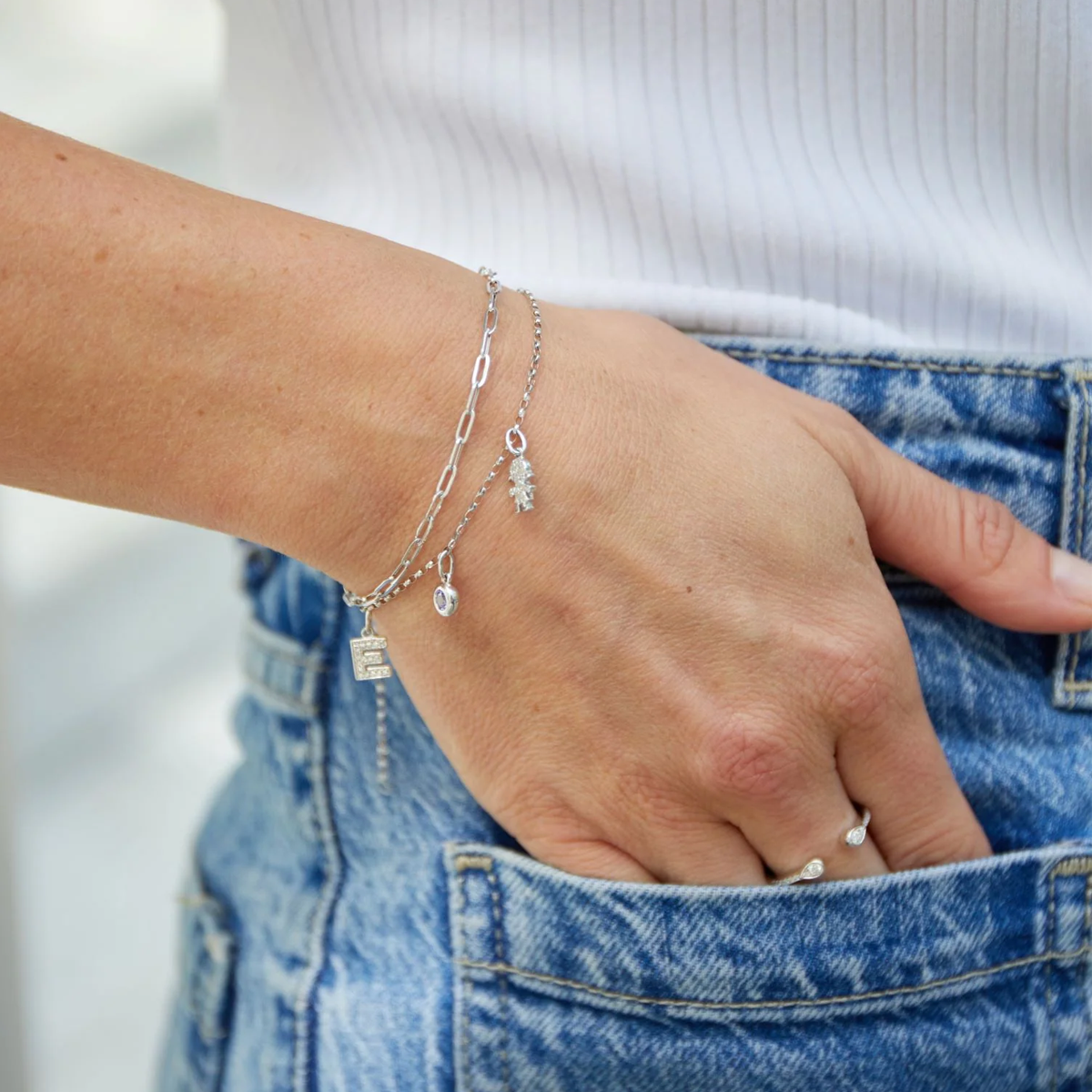

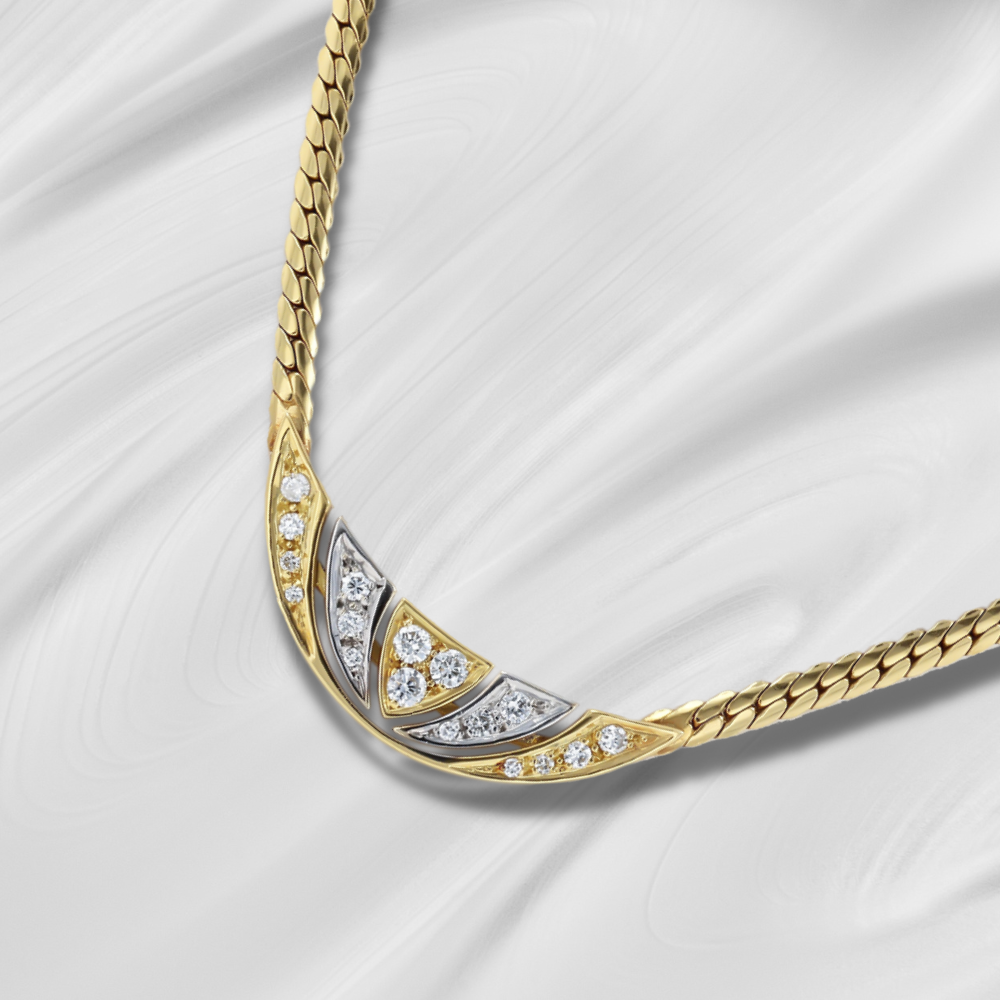

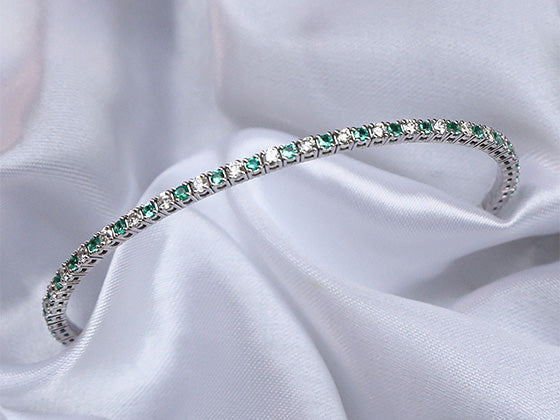

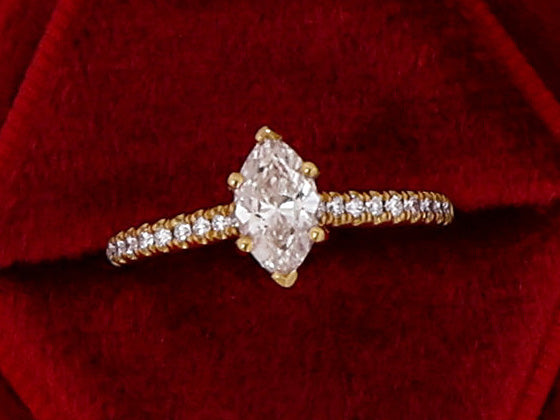
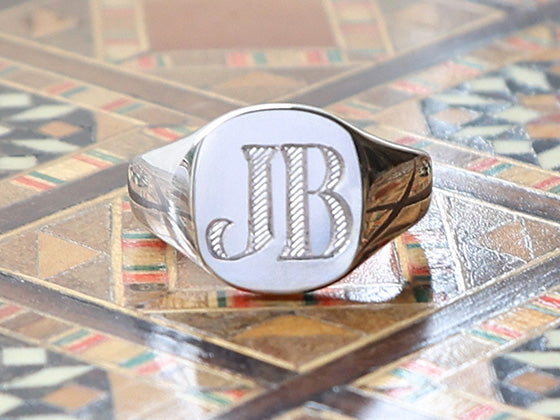
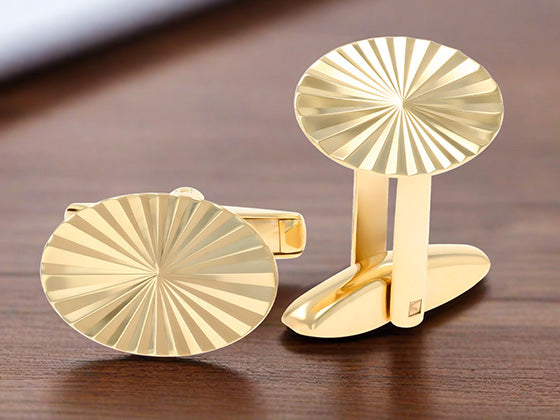
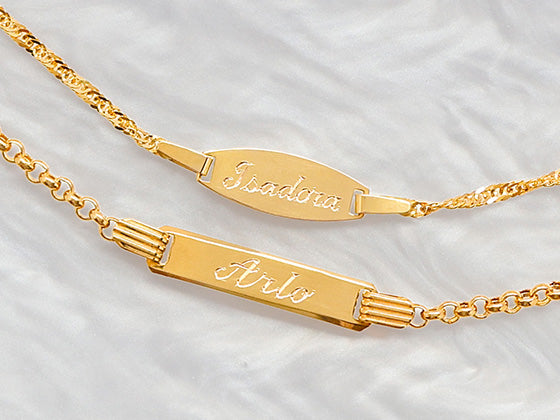
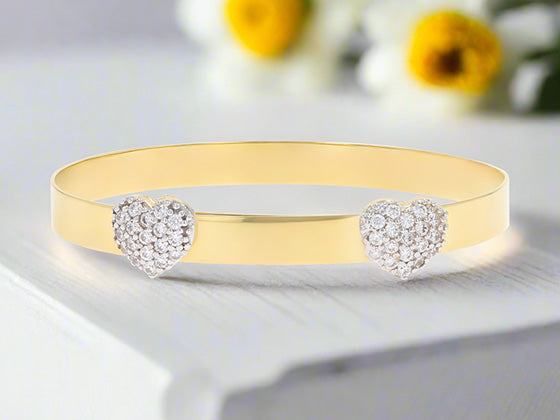
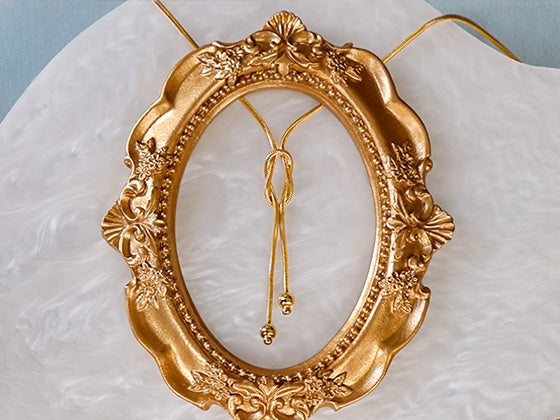
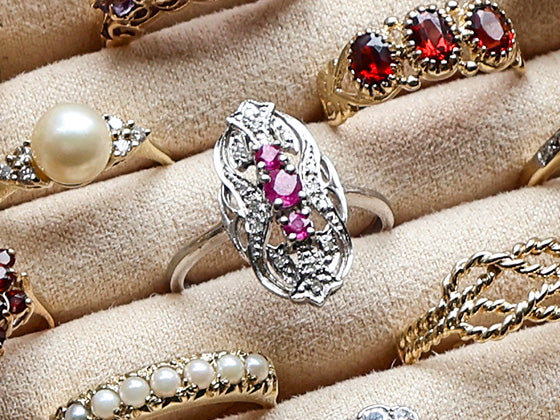
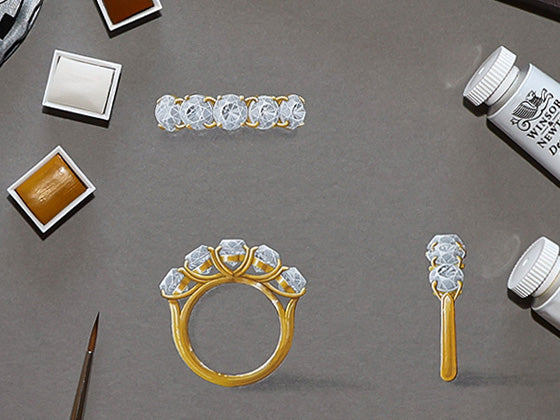
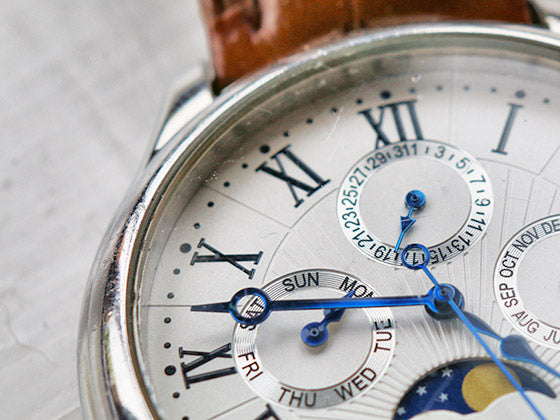
 Contact Us
Contact Us







